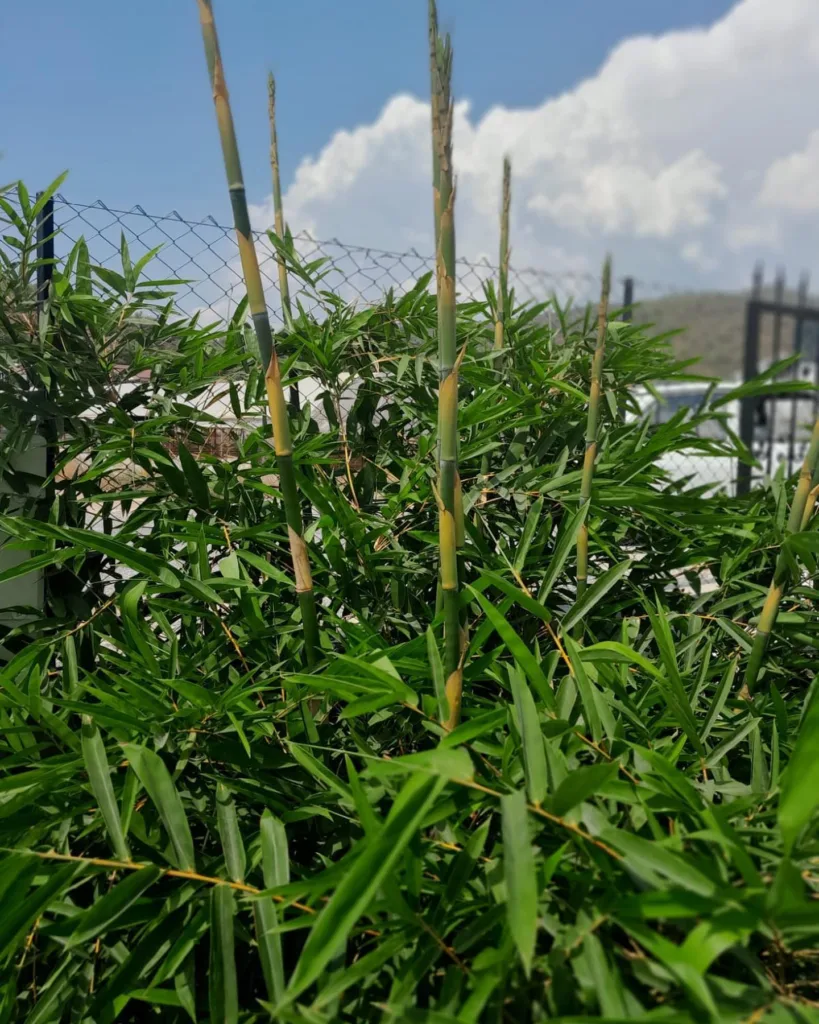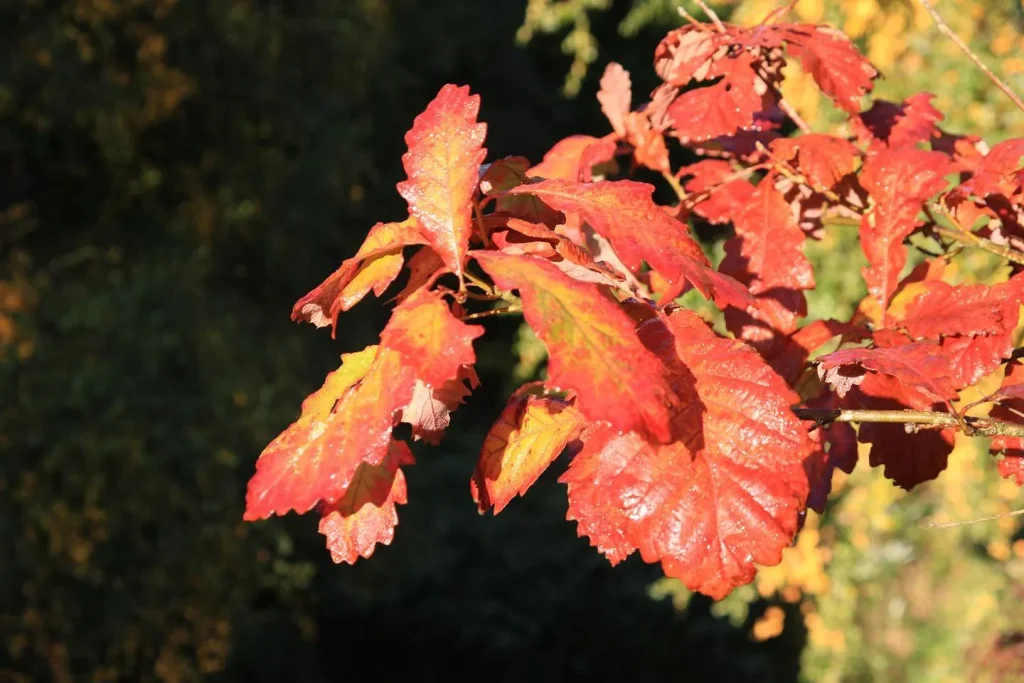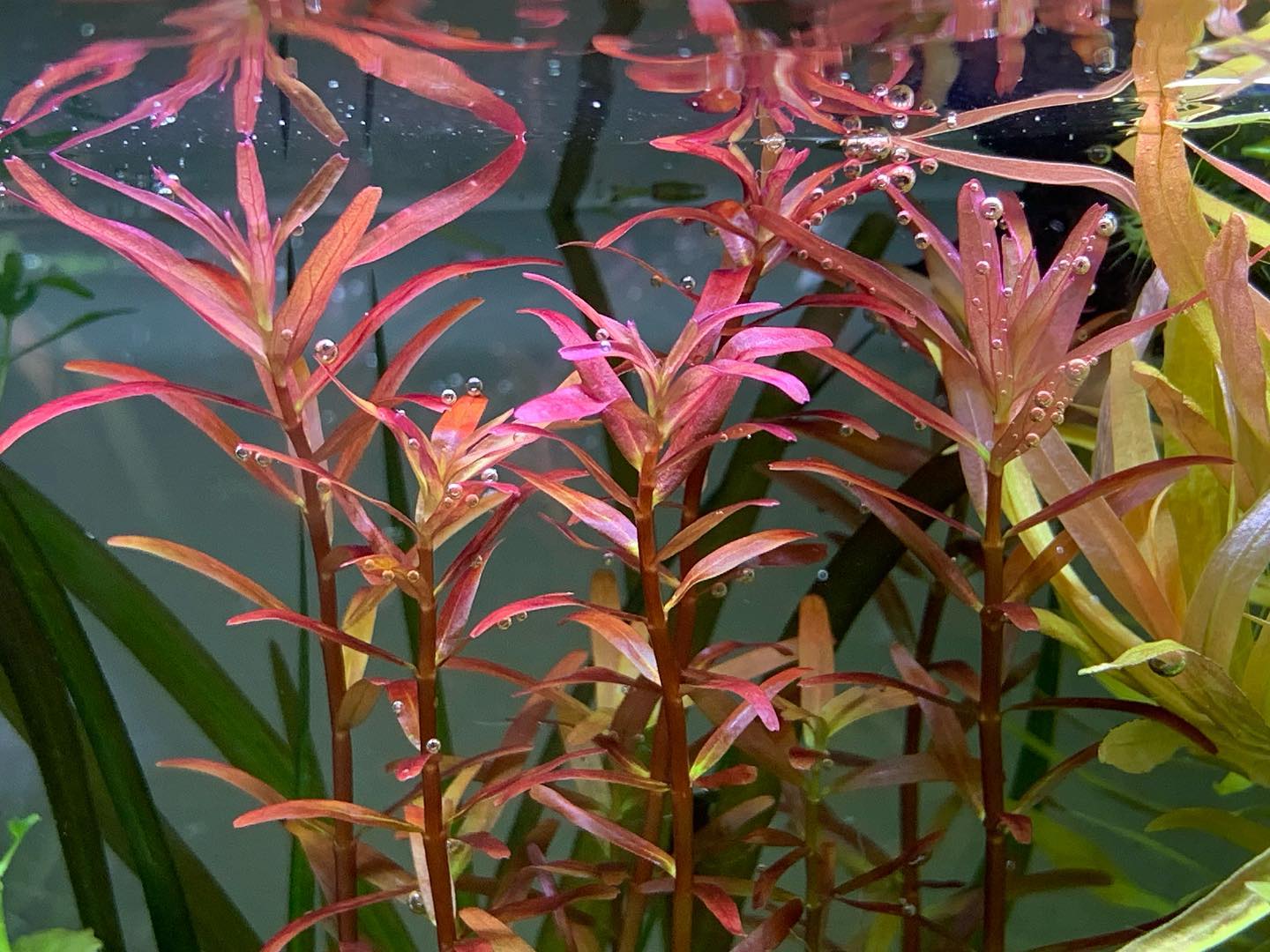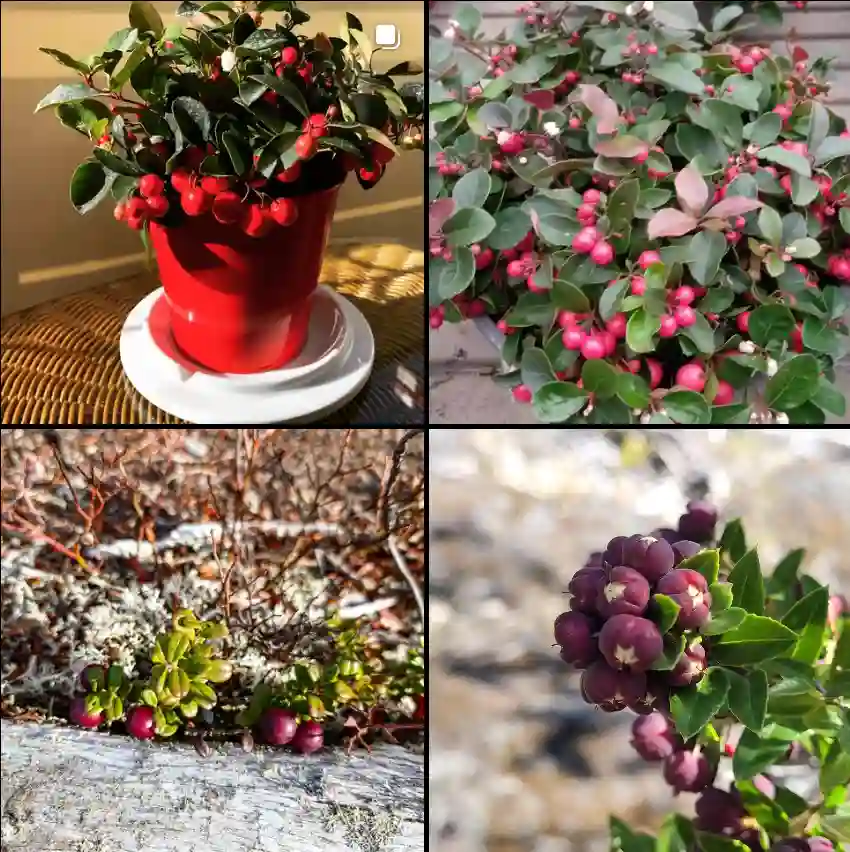Hosta Firn Line: A Shade-Loving Beauty for Your Garden
I’m Ferb Vu, and I’m here to answer your questions about the Hosta Firn Line, a stunning shade-loving perennial that adds elegance and texture to any garden.
31 Species in Genus Hosta
What is Hosta Firn Line?
The Hosta Firn Line is a compact to medium-sized perennial with captivating foliage. It forms a neat mound of heart-shaped leaves, boasting an intense blue-green center that transitions to a creamy white margin, maturing to a pristine white border. These thick, waxy leaves create a striking contrast and hold their color well throughout the season.
How big does Hosta Firn Line get?
At maturity, Hosta Firn Line reaches a height of 18-22 inches, with a spread of up to 30 inches. Its manageable size makes it a versatile choice for borders, walkways, or as an accent plant in containers.
Where should I plant Hosta Firn Line?
As a shade-loving plant, Hosta Firn Line thrives in areas with dappled sunlight or full shade. Harsh afternoon sun can scorch the leaves, so avoid placing it in direct sunlight for extended periods.
What kind of soil does Hosta Firn Line prefer?
Hosta Firn Line appreciates moist, well-drained soil with rich organic content. Amending your existing soil with compost or aged manure before planting will enhance drainage and provide essential nutrients for optimal growth.
How do I care for Hosta Firn Line?
Here’s the beauty of Hosta Firn Line – it’s relatively low-maintenance. Consistent watering, especially during hot, dry periods, is crucial. However, avoid overwatering, as this can lead to root rot.
Does Hosta Firn Line flower?
Yes, Hosta Firn Line produces delicate, pale lavender flowers in the form of bell-shaped blooms on upright spikes during mid to late summer. While the foliage is the true star of the show, the flowers add a touch of whimsy and attract pollinators like butterflies and hummingbirds.
Does Hosta Firn Line come back every year?
Yes, Hosta Firn Line is a perennial, meaning it returns year after year. In colder climates (zones 3-9), the foliage dies back in fall and goes dormant during winter. But with the arrival of spring, new growth emerges, ready to grace your garden once more.
How can I propagate Hosta Firn Line?
Propagating Hosta Firn Line is a breeze. The most common method is division. In early spring, carefully dig up the mature plant and use a sharp knife to divide it into sections, ensuring each section has healthy roots and eyes (buds). Replant the divisions in prepared soil and water them well.
What are some common problems with Hosta Firn Line?
Hosta Firn Line is generally a pest and disease-resistant plant. However, it can be susceptible to slugs and snails, particularly in areas with high moisture. You can deter these slimy creatures with organic slug and snail bait or by creating a barrier of crushed eggshells around the plant.
Can deer eat Hosta Firn Line?
Unfortunately, deer find Hosta foliage quite palatable. If deer are a persistent problem in your area, consider planting Hosta Firn Line in a fenced-in area or using deer repellent to discourage them.
How is Hosta Firn Line different from other Hostas?
There are hundreds of Hosta varieties available, each with unique characteristics. Here’s a quick comparison of Hosta Firn Line to two popular varieties:
- Hosta Francee: This variety boasts large, blue-green, heart-shaped leaves with a wavy margin. It reaches a mature size of 3-4 feet tall and thrives in full to partial shade. Compared to Hosta Firn Line, ‘Francee’ is a larger option with a less pronounced white border.
- Hosta Blue Mouse Ears: This miniature variety features tiny, rounded, blue-green leaves with a narrow white edge. It matures to a height of only 6-8 inches and prefers partial shade. While both share blue-green foliage, Hosta ‘Blue Mouse Ears’ is a much smaller plant with a completely different leaf shape.
Conclusion
Hosta Firn Line is a low-maintenance shade-loving perennial that adds a touch of elegance to any garden. Its captivating foliage and delicate flowers make it a worthwhile addition to your landscaping repertoire. With proper care, this versatile plant will thrive for years to come, providing a pop of color and texture in your shady haven.
If i die, water my plants!



